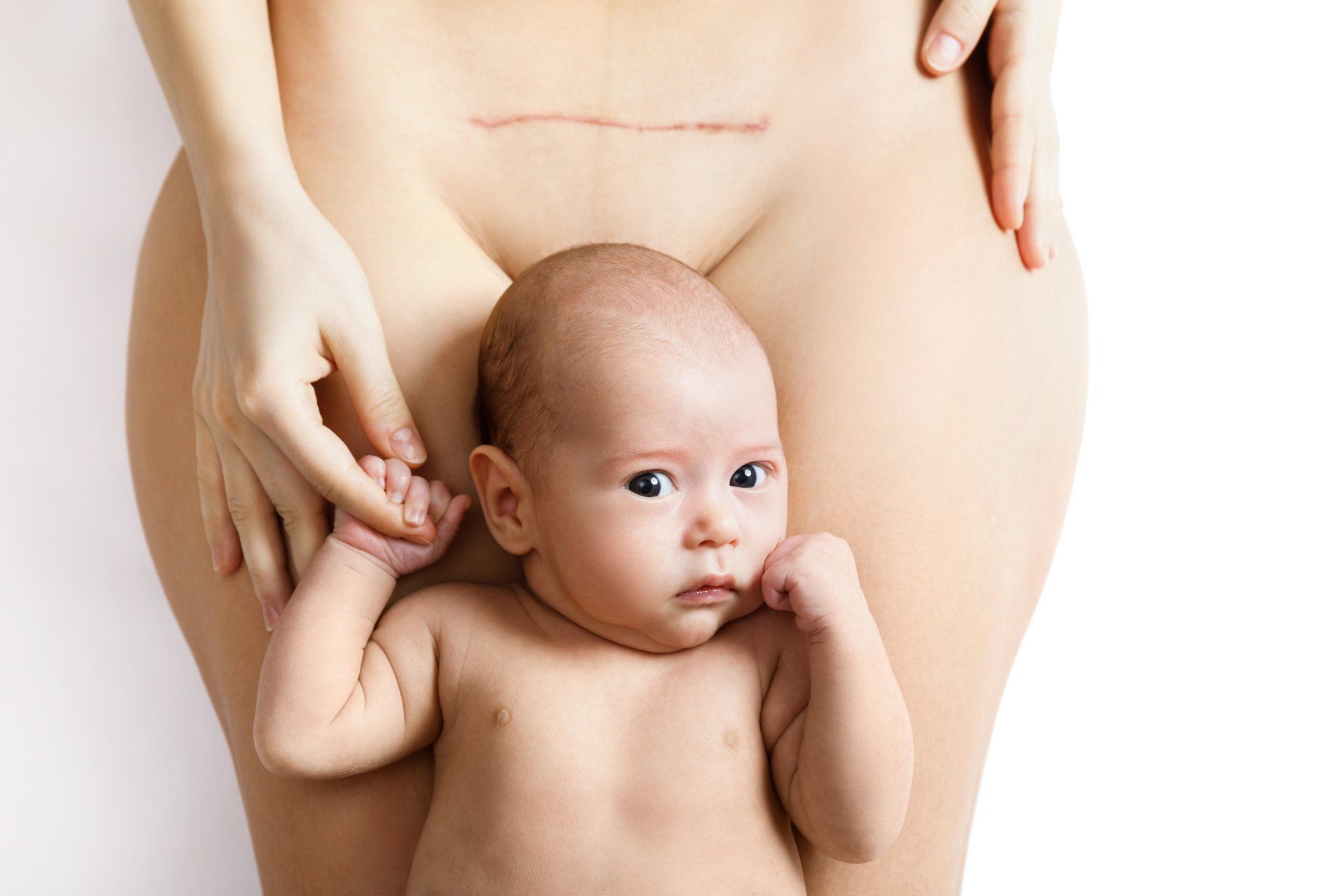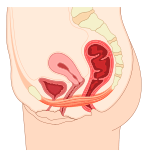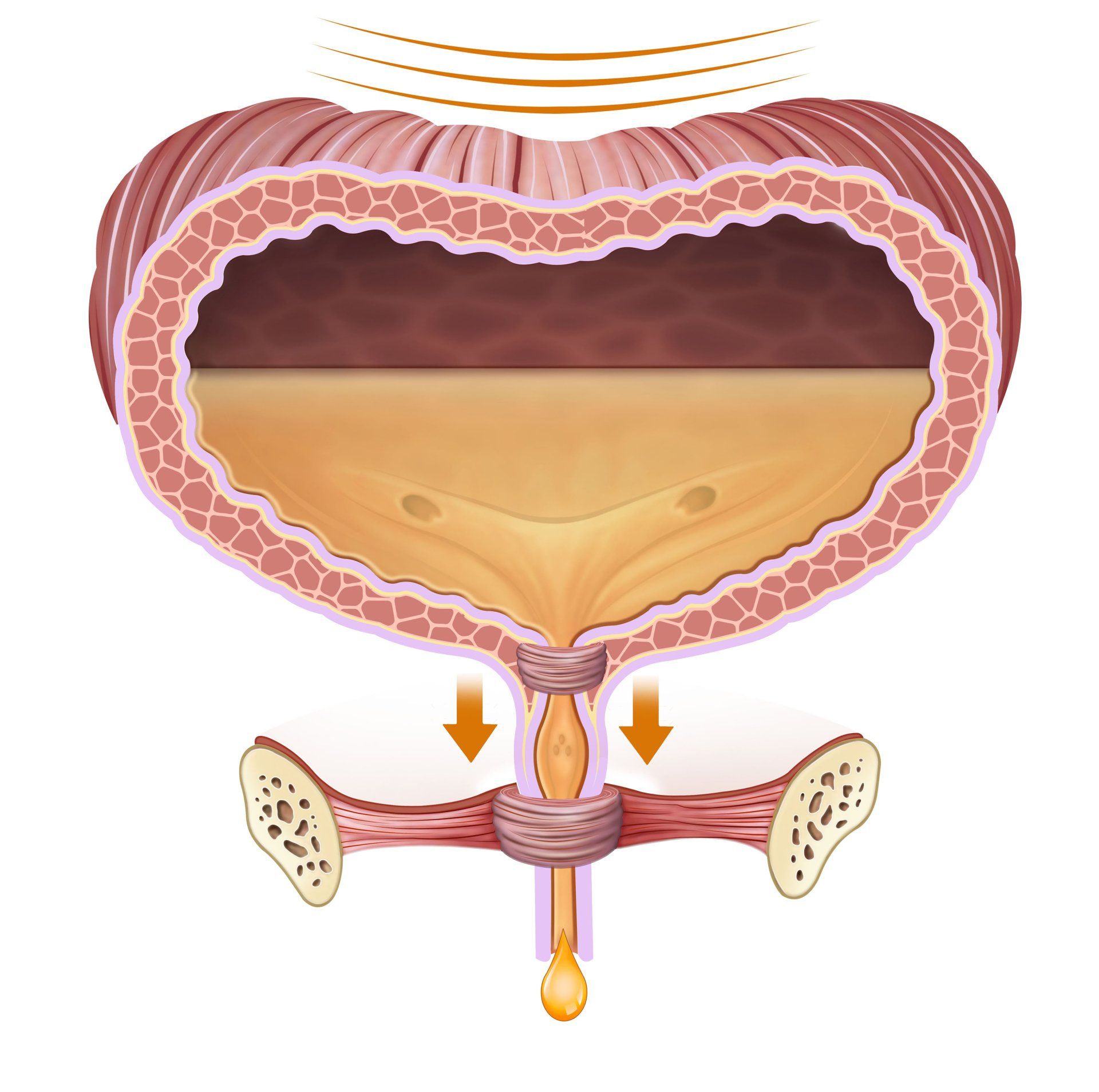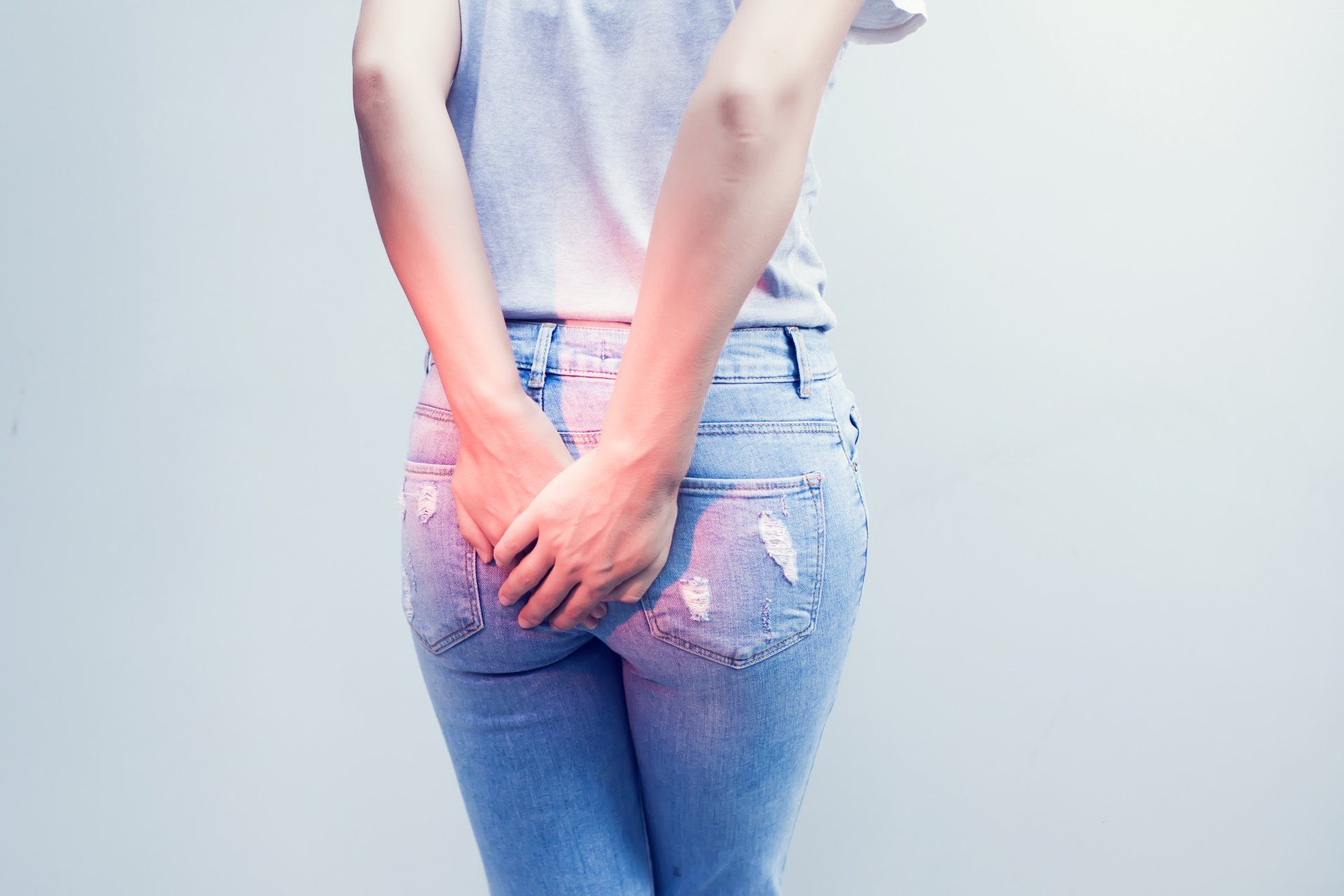How do I look after my C section wound?
Have you just had a C section (caesarian) delivery or do you have an upcoming delivery of your baby? A C section is a major abdominal operation where the baby or babies are delivered via the abdomen, which involves a large incision (cut) in the abdominal wall and the uterus.

- After your surgery, generally there will be sutures, staples or steri strips over the wound to help hold the skin together. The doctors and nurses usually place a waterproof dressing over the top to help the wound stay dry and clean to help reduce the chance of an infection. You should leave all dressings and sutures in place until your Doctor or Midwife removes them.
- Try and keep your wound dry and clean.
- The wound can be quite sore and tender for the first week or so. Make sure you keep up with your regular pain relief that you Doctor has given you.
- To help support the wound and give you an added layer of protection between your clothes and the dressing, you can place a clean sanitary pad across the wound. You can change this a couple of times a day to keep the pad as clean as possible.
- Try to wear high waisted undies if you can as bikini briefs tend to dig into the wound.
- If you have tubigrip you can wear this around your belly to help give you some more support around your abdomen and the C section wound.
- Try and avoid wearing highly compressive shorts such as the recovery ones until your wound is healed a bit more as they can be hard to pull on and off for the toilet in the early stages. I generally suggest to my clients to start wearing them from 7-10 days post partum.
- Severe abdominal pain
- Pain at the incision site which is worsening or not going away
- Redness or swelling along the incision site
- Pus discharge from the wound
- Foul smelling vaginal discharge
- Temperature, feeling unwell, increased fatigue
- Once your wound has fully healed and your steri strips and/or sutures/staples have been removed you can start to gently massage your scar to help soften and breakdown the scar tissue.
- I usually recommend vitamin E cream, dermeze or sorbolene to use to help massage the scar. You do not need to be very vigorous and hard when you massage your scar. A gentle massage up/down and across the scar will help to soften and gently breakdown the scar tissue.
- Scar massage can help to improve your skin sensation and reduce some of the sensitivity along the incision which can occur with a caesarian.
- Once the steri strips, staples/sutures are removed I usually recommend for my clients to use either micropore or silcone based tapes for 3-6 months after their surgery to help flatten, support and improve their scar appearance. Both of these tapes are readily available from most Pharmacies and cost less than $10 AUD.
- If you have had a C section before, I usually recommend to use the silcone based tape as this is more firm and has been shown to be more effective than micropore for previous scars.
- If your body has a tendency to be a very good healer, or you have a history of keloid scarring then I would also recommend using the silcone based tapes as they are more supportive and effective in reducing the density (thickness) of scars.
- If you have been worried about your scar and your Medical Team has advised that there is no infection or wound issue then you may benefit from a consultation with a Pregnancy and Pelvic Health Physio.
- It is really common after a C section to have tenderness, numbness and tingling sensations around the scar. The operation creates scar tissue and it can make the nerves around the wound extra tender and sensitive. Most of the time, the sensation returns to normal after 6-12 months, for some women the sensitivity can remain, but to a much lesser extent that its not generally bothersome.
- For some women, their bodies can produce large and thick scar tissue which can be bothersome from a physical and psychological perspective. Some woman can find that wearing jeans or low waisted pants irritate their scar, whilst others are quite distressed about the appearance of the scar.
- There are a various different treatment options that a Pregnancy and Pelvic Health Physio might be able to offer you to help your scar. This may include; therapeutic ultrasound, laser therapy, dry needling and scar massage to the wound.
SHARE

ABOUT CARA
Cara has over 12 years of clinical experience as a Pregnancy and Pelvic Health Physiotherapist. She is also a leading Expert in the field, a Mentor, Educator to Physiotherapists, Doctors, Specialists and other Health and Fitness Professionals. Cara is highly respected and is passionate about educating the community on their health and wellbeing.
Featured











